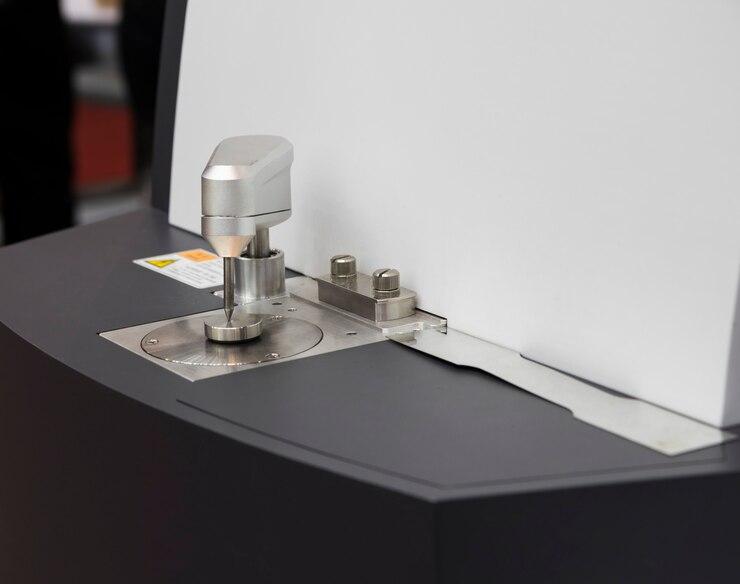The World Of The Spectrometer And How It Works
3 Mins Read
Published on: 08 April 2022
Last Updated on: 09 April 2022

toc impalement
Have you ever heard of a machine that collects information about any object based on its light properties? If you haven’t seen it yet, here it is.
The instrument is a spectrometer that allows scientists to deduce information about an object or substance by analyzing its light properties.
With its help, any unknown compositions can break down into their essential elemental components, and lights from faraway galaxies can become beneficial to determine information about space objects like their size and speed.
In the early 19th century, the world witnessed the first-ever spectrometer, which helped scientists’ discoveries. Spectrometers used to have a narrow slit and lens.
One that refracts light into a spectrum that gets projected through a tube for study through a prism. However, with the advancement of technology, the spectrometer has made a mark in science.
3 Common And Vital Types Of Spectrometers
The spectrometer is the name of the instrument. But this does not make it available in a single type. There are many more types of spectrometers available in the market. The functionality of the individual spectrometer is different, and prices ranges are also very diverse.
1. NMR Spectrometer
The interaction of nucleus spins is measured and observed with the NMR Spectrometer. An NMR sign receives fashion whilst nuclei engage with the magnetic subject at a frequency that resonates with the nuclei’s frequency.
The intramolecular magnetic area surrounding an atom in molecule shifts because the resonance frequency increases, revealing the pattern’s molecular structure.
2. Mass Spectrometer
This Spectrometer determines the composition of factors found in a pattern with the aid of measuring the mass-to-fee ratio of ions.
It works with the aid of ionizing any pattern, inflicting a few molecules to turn out to be charged and segregated primarily based totally on their mass-to-fee ratio.
3. Optical Spectrometer
The properties of light get measured using an optical spectrometer over a given range of the electromagnetic spectrum, such as ultraviolet, visible, and infrared light.
The ability to identify materials becomes based on the absorption and emission of light intensity as a function of wavelength. These instruments are widely used for the security quality checking of the products. Depending on the light absorption quality, the nature of the product is determined.
How Does It Work?

The imperative question to understand is how does a spectrometer work?
A spectrometer’s primary job is to collect light, break it down into its spectrum components, digitize the signal as a function of wavelength, then read it out and display it on a computer.
The light source, sample holding, a mechanism to divide the light into its component wavelengths, and detector are the essential components of a spectrophotometer.
Working Process Of Spectrometer:
- The light gets guided into the spectrometer via a fiber optic link and a narrow opening known as the entrance slit in the first step.
- As light enters the spectrometer, it gets vignetted by the slit. In maximum spectrometers, the diverging mild receives collimated via a concave replicate and solid onto a grating.
- The spectrum and the light components are subsequently dispersed at slightly variable angles by scratch, which is primarily focused by a second concave mirror and reflected onto the detector.
- A concave holographic grind as an option can be used to fulfill all three of these purposes.
- After the photons photography gets over on the detector, they get converted into electrons, processed, and read out to a computer via USB.
- The program then creates a calibration based on the number of pixels in the detector and the linear dispersion of the diffraction grating, allowing the data to get shown as a function of wavelength over the desired spectral range.
Wrapping Up:
This spectrometer instrument is commonly used for measuring wavelengths of light. For determining the chemical compound’s nature, this instrument reading is final.
Every chemical compound has light absorption ratios. And depending on their light absorption ratios, the quality of the chemical is determined. What is your opinion about the spectrometer’s functionality? Let us know through comments.
Read Also:


















Comments Are Closed For This Article